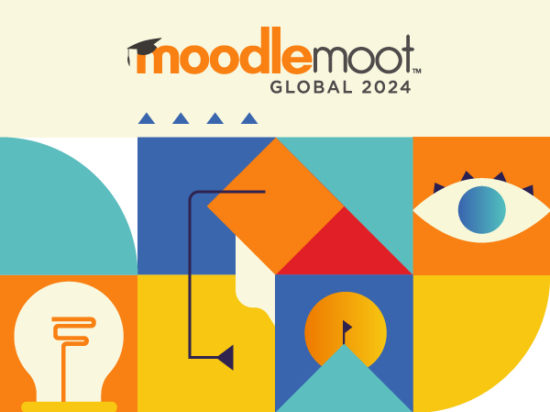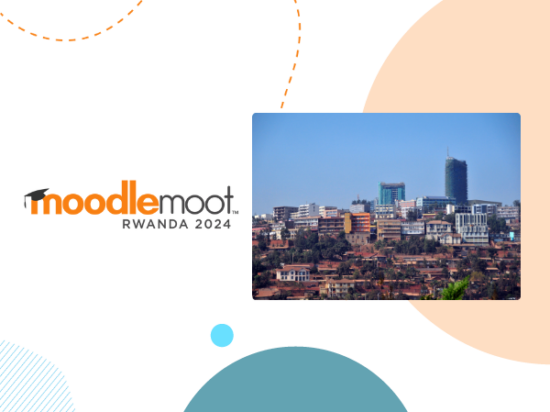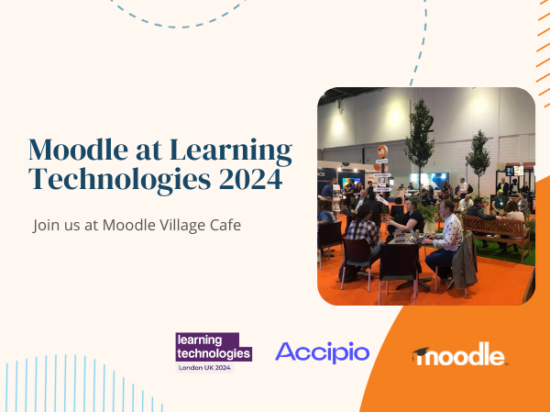Following Moodle’s commitment to open and inclusive education, Moodle’s US Learning Design team created a course in collaboration with UNESCOS’s Institute for Lifelong Learning (UIL) aimed at helping literacy educators worldwide improve their digital competencies. The course focuses on designing for mobile and offline environments, and is part of a broader initiative to bridge the digital divide and make education more inclusive.
As the secretariat for the Global Alliance for Literacy, UIL strives to support literacy educators with the necessary resources to continue teaching and learning for adult learners, which have been increasingly inaccessible due to the COVID-19 pandemic. This includes providing skill development, infrastructure, and digital resources. To achieve this goal, they required a learning management system (LMS) that could cater to the diverse needs of their member states. UIL partnered with Moodle for three primary reasons:
- Alignment with UNESCO principles: Moodle’s open-source philosophy resonates with UNESCO’s values and principles, making it a suitable platform for their mission.
- Supportive community: Moodle has a strong community of experts who can provide valuable insights and assistance to UNESCO. This community is dedicated to advancing education and learning through the use of technology.
- Existing connections: Moodle and UNESCO had previously worked together through the UNESCO Global Education Coalition, which helped to build a strong foundation of trust and collaboration between the two organisations.
To create effective learning environments that cater to a diverse range of students, it is essential to have a robust and adaptable learning management system. This is especially important in contexts where access to the internet cannot be taken for granted, and where students may not have access to modern devices or up-to-date systems. In addition to these challenges, other factors such as the urban-rural divide and linguistic diversity must also be considered and addressed to ensure equitable and inclusive access to education.
The delivery options of the proposed solution had to be carefully considered in order to offer a customisable solution that meets the unique needs of each country. While the aim was not to be prescriptive, it was important to ensure that literacy educators were familiar with the chosen system. This is where Moodle proved to be a good fit, as it provides an easy-to-use and adaptable platform for navigation, deployment, modification, maintenance, and distribution.
To further support the adoption of the platform, a course was created to provide educators with the necessary knowledge and skills to use Moodle effectively. The Moodle partners also worked closely with local communities in member states to make sure that the actions were unbiased and objective.
One of the main goals of this initiative was to make sure that the course was accessible across all environments and devices without the need for customisation. In fact, even the few plugins used weren’t essential to the platform’s functionality. By prioritising accessibility and ease of use, Moodle has become an ideal solution for delivering high-quality educational content to diverse audiences in a variety of settings.
Course on desktop and mobile
Moodle’s team utilised the one-topic format for this course, although it isn’t a necessary plugin. The decision was made because there is a lot of content in the course. It includes a course overview, three modules with six sessions each, and a quick link to the student portfolios. The interface is user-friendly, with only the core Moodle tools that work both online and offline on desktop and mobile versions. The course functions entirely on lessons, forums, pages, quizzes, and a database. Activity completion settings are also set so that students can manually mark activities as complete.
In terms of redundancy, activities and resources are linked to help students navigate the course better. The naming convention is also tuned to suit the interface, and heavy media files are avoided to guarantee that students can easily download the content without using extra data. Consistency is also present regarding the icons and font used. Another heavily relied on Moodle feature in this course design is the activity name auto-linking, which helps pace and structure the learners in the course. A lesson menu is incorporated on the left side so learners can easily navigate, review, and refer to the lessons.
A simple database supplements the profile activity submission area with just two buttons, one to add an entry and the other to view the portfolios. This is available offline on mobile as well. To make sure that all of these functions perform well on a mobile interface, multiple tests were conducted on different operating systems, such as iOS and Android.
Export as PDF
The entire course is available in PDF format, which is a crucial feature to consider as not all learners may have access to the internet or enough devices to access the online lessons. The digital layout was designed with an offline textbook feel in mind, considering learners who may not have online access. Moodle also avoided redundancy by incorporating hidden offline pages, such as offline discussion forum pages, which only become visible in print.
Learn more about the course by watching the recording of the Moodle Academy webinar about building digital skills for Literacy Educators.



